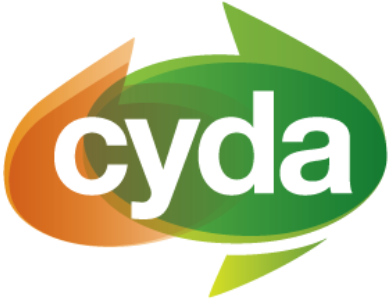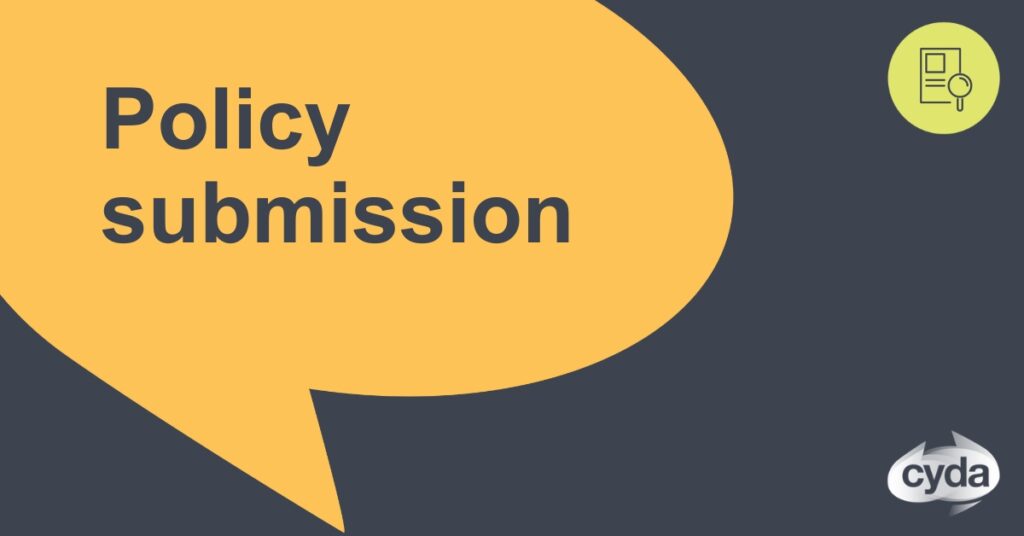People with disability have historically had limited choices in how they choose to live their life – in where they get an education, where they work, where they live, who they spend their time with, and what daily activities they participate in.
The ongoing Disability Royal Commission into Violence, Abuse, Neglect and Exploitation of People with Disability has demonstrated that for many people with disability, their options and ability to make decisions in many areas of life remains largely restricted by discriminatory systems and structures.


